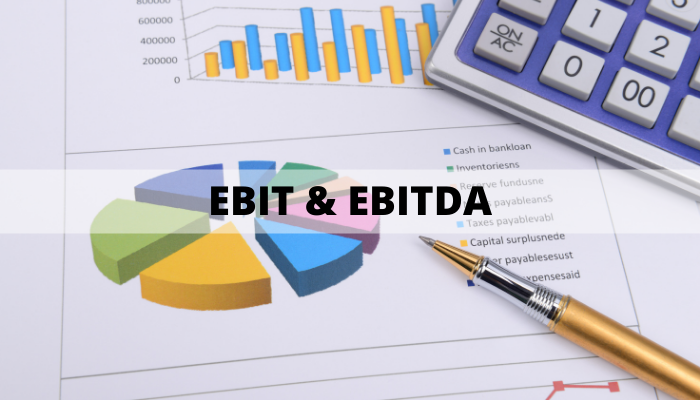EBIT and EBITDA
The content of this article

If you read about how listed companies perform over a period of time, you will surely come across the accounting terms EBIT and EBITDA. Here we go through what these terms or key figures mean and how you yourself can use them to analyze stocks.
Definition of EBIT and EBITDA
EBIT and EBITDA are linked to a company’s earnings, we find the figures we need in the earnings report. Below you will find explanations of what certain terms mean.
| Letter | Meaning | Explanation |
| E | Earnings | Earnings |
| B | Before | We exclude some parts below |
| I | Interest | Interest |
| T | Taxes | Taxes can vary depending on country an what is sold |
| D | Depreciation | Depreciation of tangible assets. For example depreciation of properties. |
| A | Amortization | Amortization of intangible assets (goodwill) |
You can also set up a kind of simplified income statement to be able to see the flow in the calculations of this value. It is important here that you understand that it is a simplification as the actual results reports may look different. To complicate things a little extra, many companies can also structure the results report and its terms a little differently. But there is still a basic flow below that you can start from and follow.
+ Earnings
– Manufactoring costs
= Gross profit
+ Gross profit
– Other costs (developing, research, administrative costs)
= EBITDA
+ EBITDA
– Depreciation
– Amortization
= EBIT
+ EBIT
– Interest
– Taxes
= Net profit
How to use EBIT and EBITDA?
In short, it can be said that EBITDA is primarily used by companies that are more capital-intensive, which also means that they have larger liabilities (loans etc). Then you might think that it can be nice to present certain figures that look higher before you collect interest, taxes, repayments and depreciation. You simply want to highlight how much you have earned before all these capital costs reduce the result.
You yourself can think about how often a company uses the word EBITDA and then also check how heavily in debt they are. It can be an interesting observation to include in your analysis. If you are critical of the use of this word, you can call it a kind of “fantasy figure” to present before all costs are added and reduce the net profit. In this perspective, it may actually be better to use EBIT that does not remove depreciation and amortization, which of course must be paid by the company.
With that said, it can be said that EBITDA may say more about how the company wants to appear than how it really works. You can of course take into account the figure and compare it with what is on the last line. That if anything can say a lot about the stock.
Valuate a stock with EBIT and EBITDA
There are valuation multiples based on these different performance measures. The company’s value is then compared in relation to Ebit and Ebitda. Two examples are EV/EBIT and EV/EBITDA.